In the pleasant village of Dinajpur in North Bengal, where rich green fields and expansive crops paint a peaceful landscape, the young artist Md Khalequzzaman Shimul’s journey began. The village, with its rich natural beauty, played a crucial role in shaping his artistic vision. As he recalls,
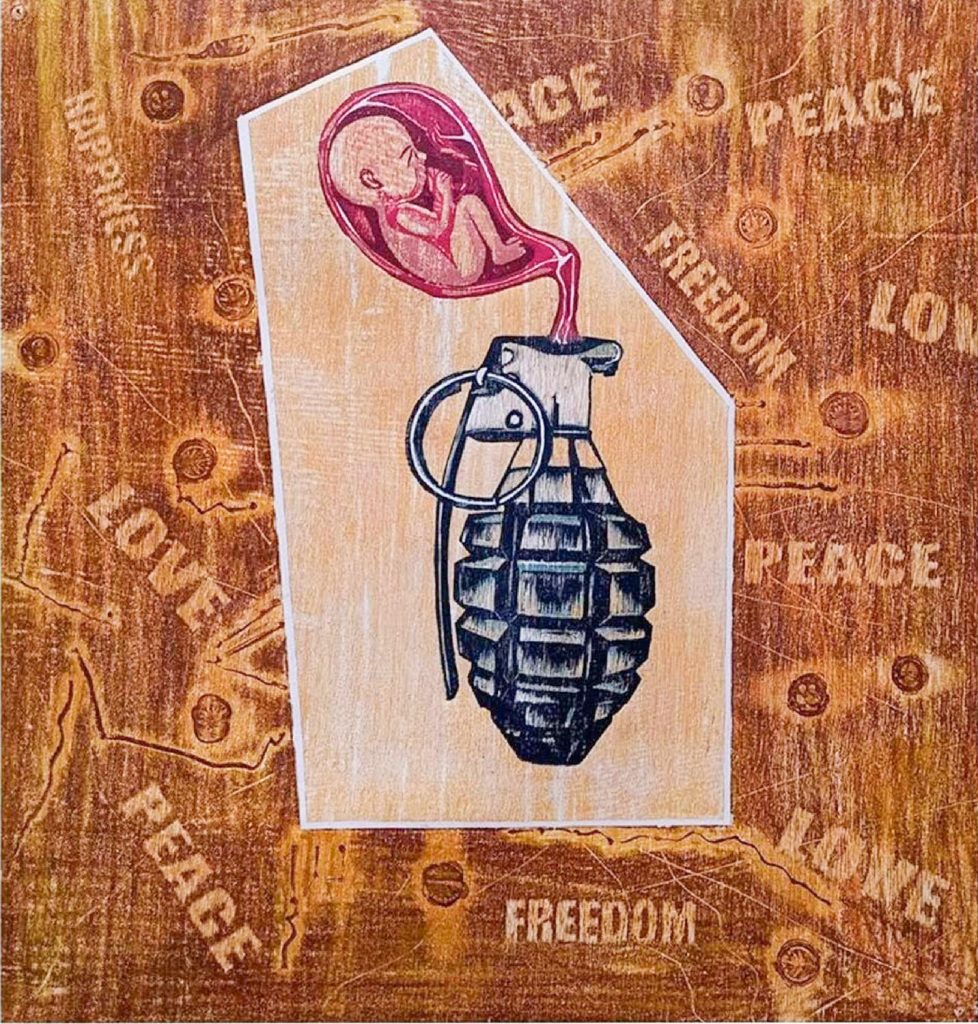
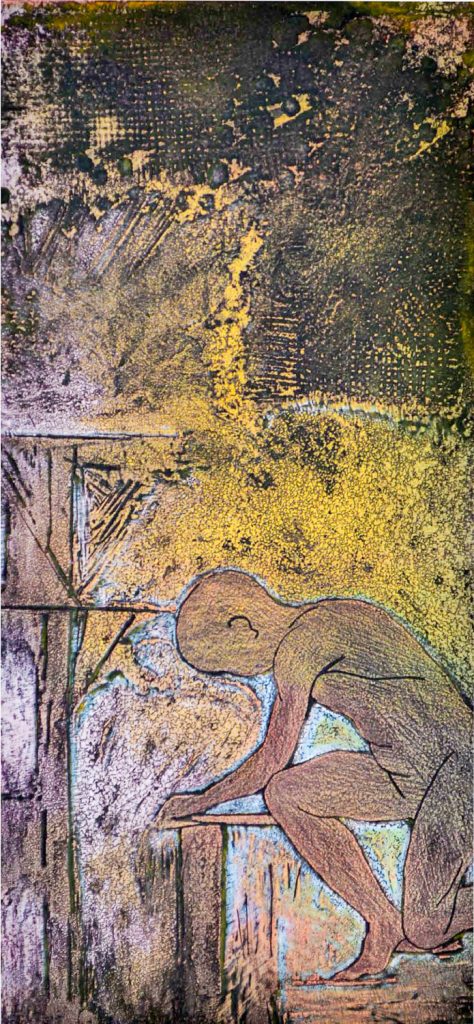
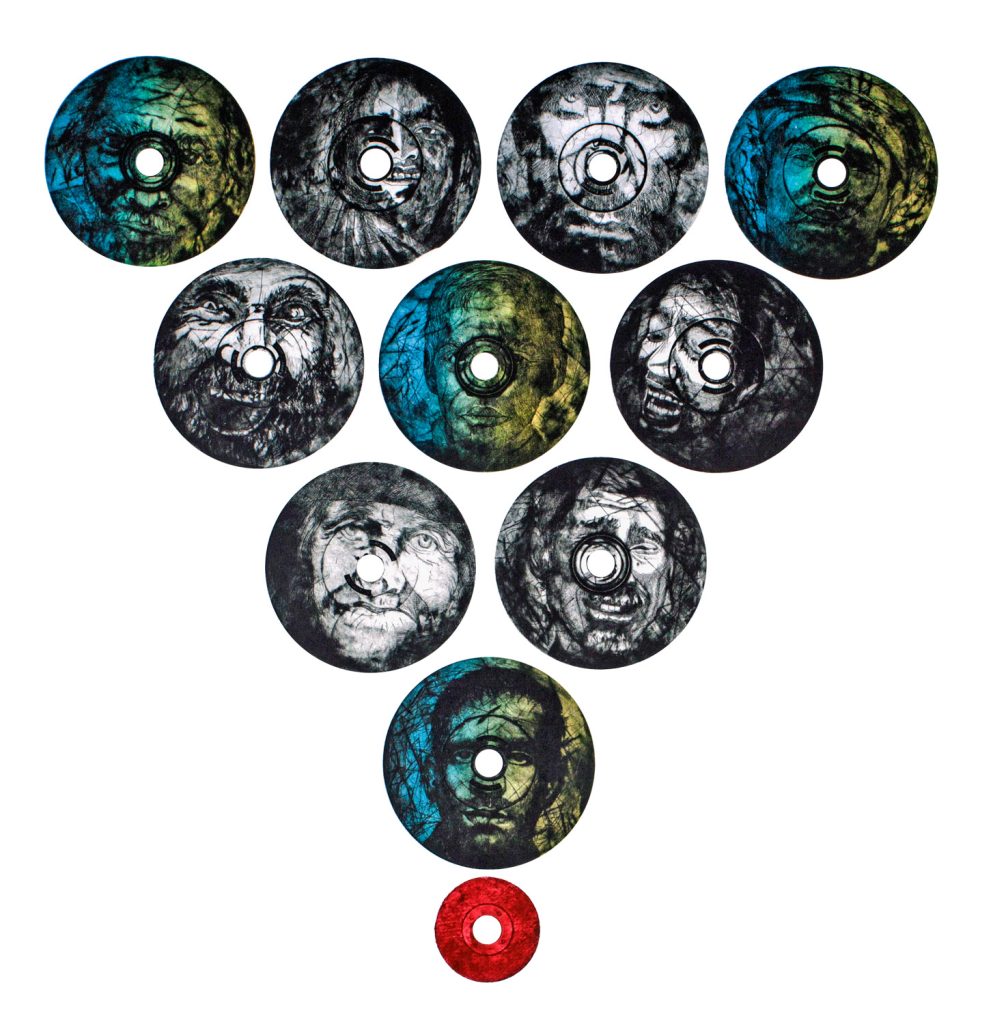
“The chirping of grasshoppers and the sound of trains inspired me and provided new ideas.”
These simple yet profound experiences in his rural upbringing planted the seeds of creativity and curiosity that would later flourish into a career in art.
Growing up in this serene environment, he was deeply influenced by the transitional colors of nature. From the white skies of the Kans grass to the enchanting hues of dusk, nature’s palette provided him with a constant source of inspiration. His father’s government job required the family to move frequently, exposing him to different facets of nature across the country. This exposure, combined with the tranquil beauty of his village, left an indelible mark on his artistic sensibilities.
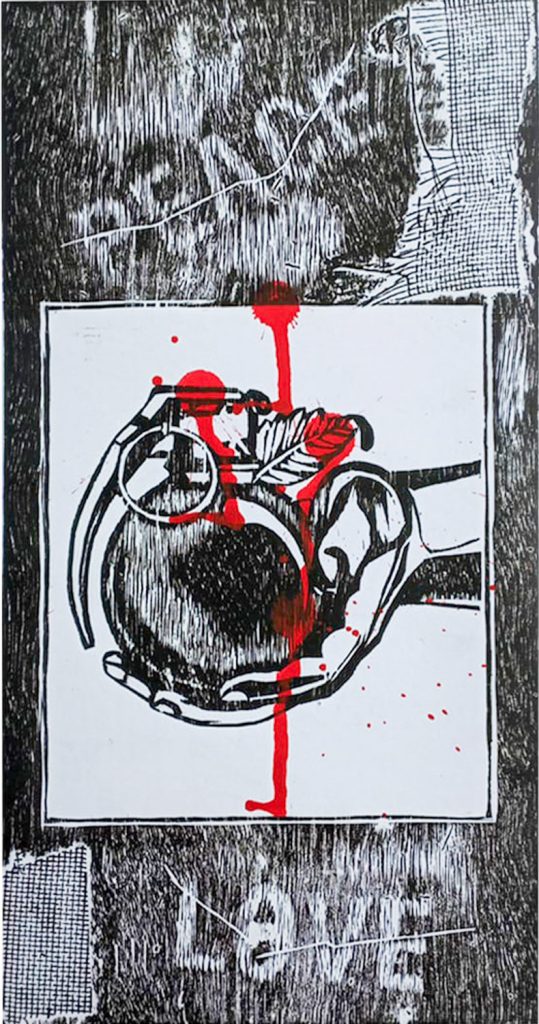
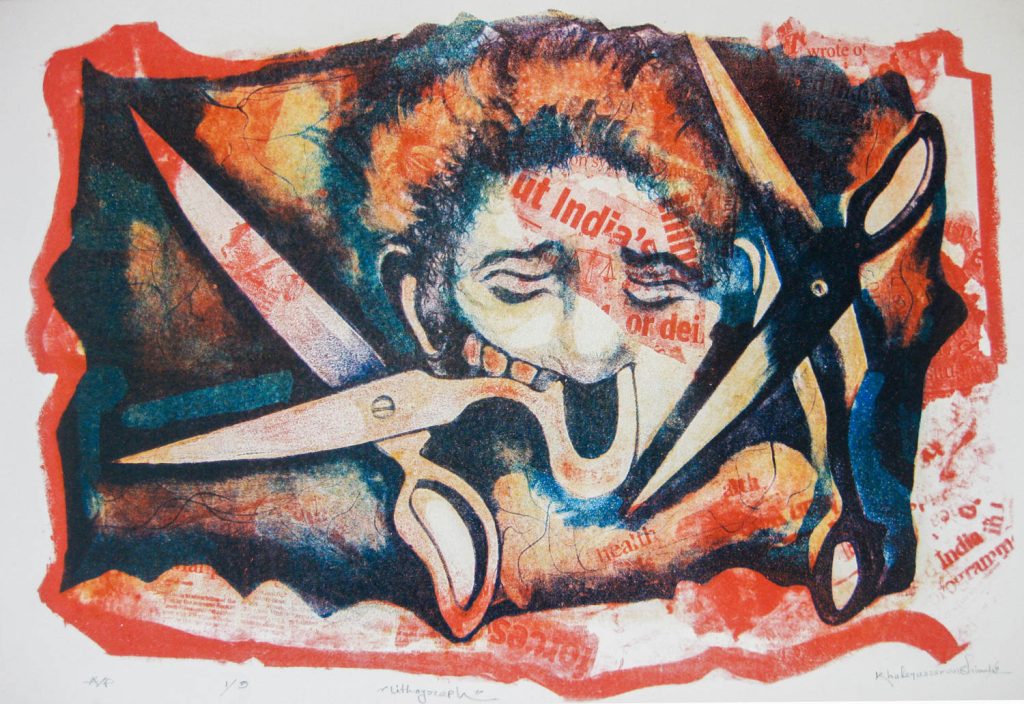
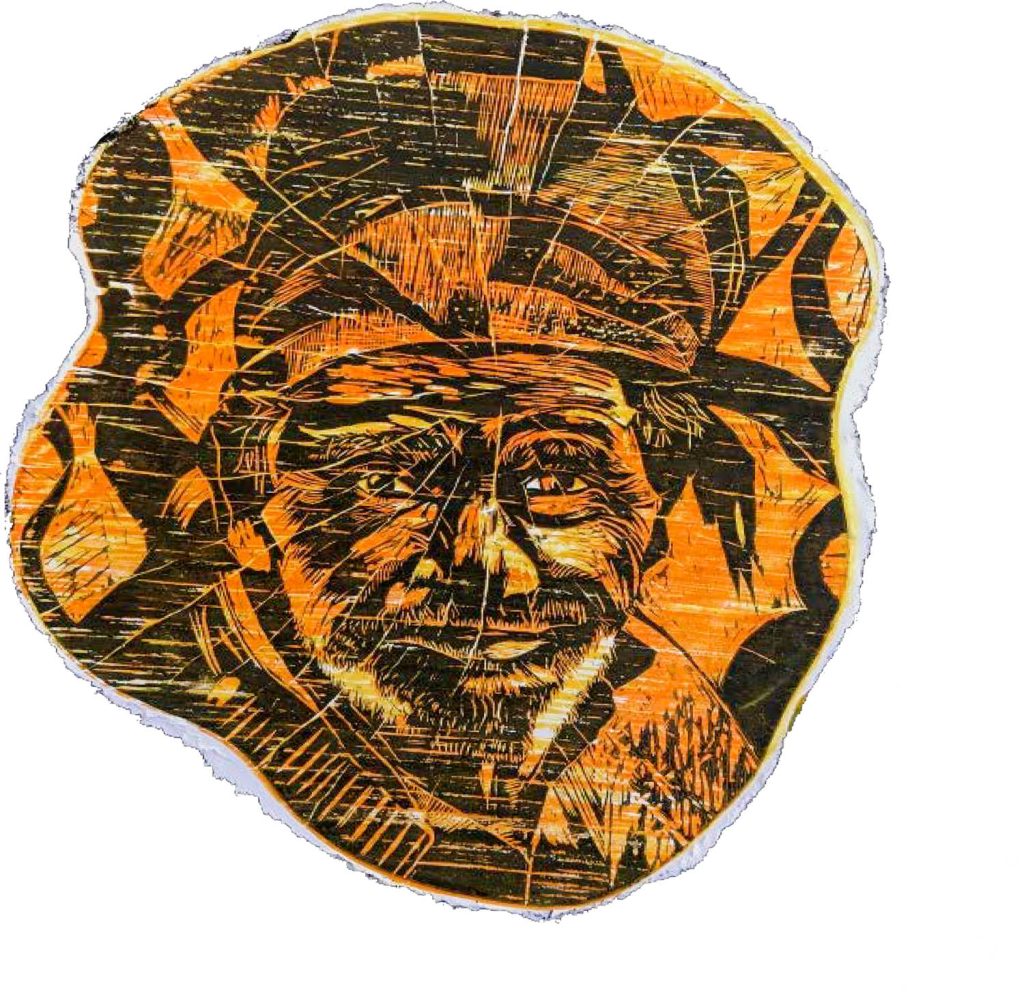
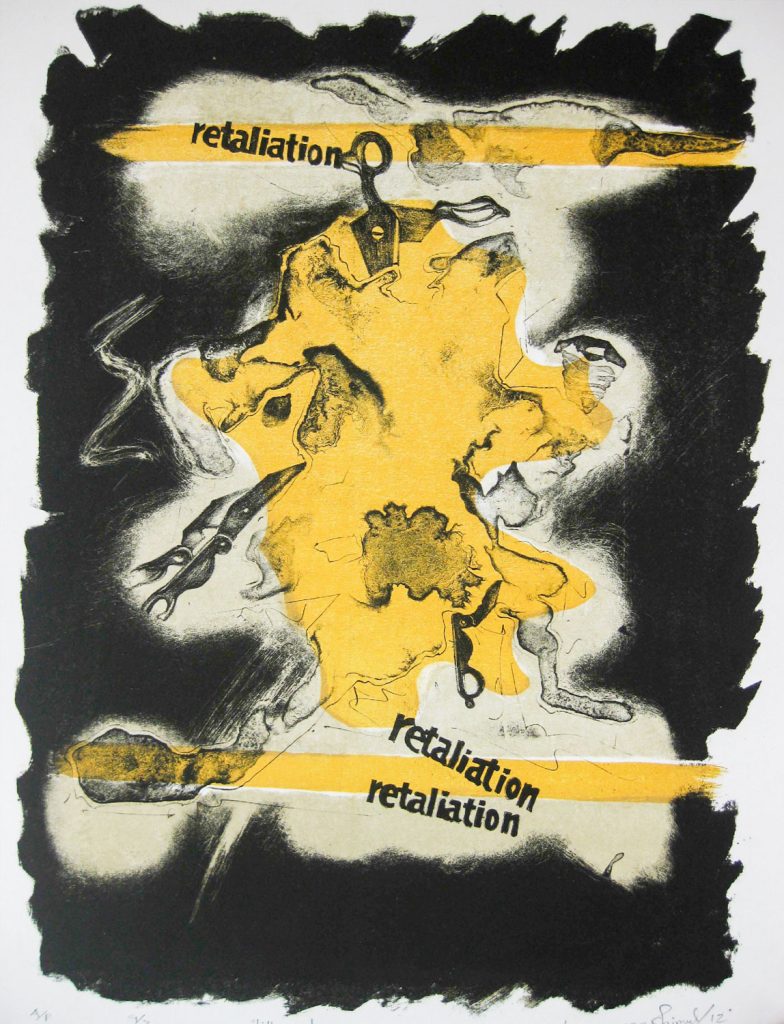
He pursued his passion for art academically by completing a Bachelor of Fine Arts (BFA) in Printmaking from Uoda. Recognizing the need for further refinement, he sought advanced education at Rabindranath Tagore’s Shantiniketan in India, a prestigious institution known for its artistic heritage. There, he completed a Master of Fine Arts (MFA) in Printmaking.
Reflecting on his educational journey, he shares, “During my childhood, I had no idea I would become an artist, but illustrations in textbooks and magazines greatly inspired me.” This early exposure to visual imagery played a crucial role in shaping his future.
As a child, he found himself captivated by the illustrations he encountered in various educational materials and periodicals. These images sparked his imagination and curiosity, gradually steering him towards a passion for art. The illustrations served not only as sources of inspiration but also as guiding lights, leading him to explore and eventually pursue a career in the artistic field. This formative influence underscores how seemingly small experiences can have a profound impact on one’s career path and creative development.
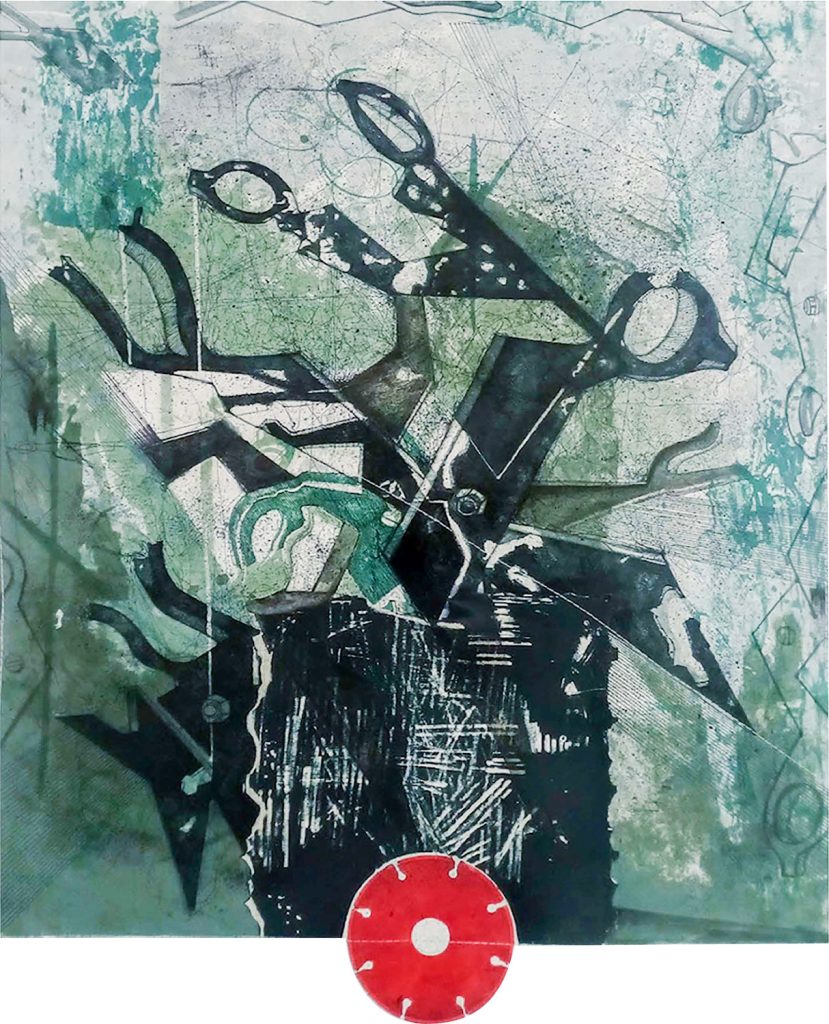

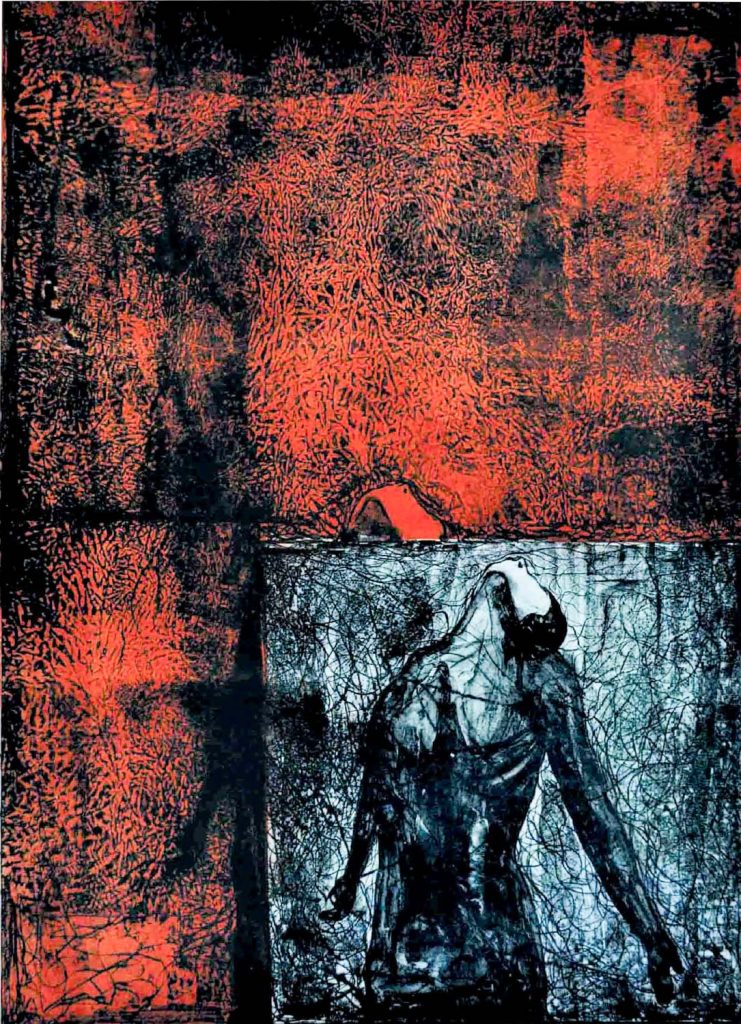
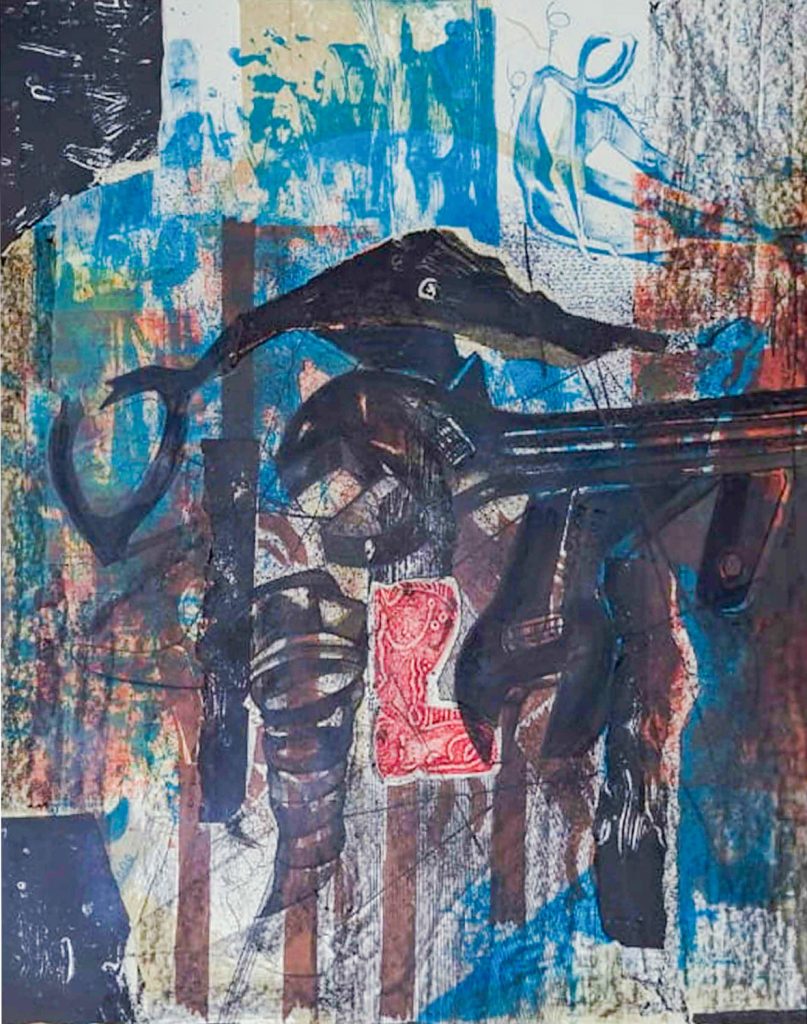
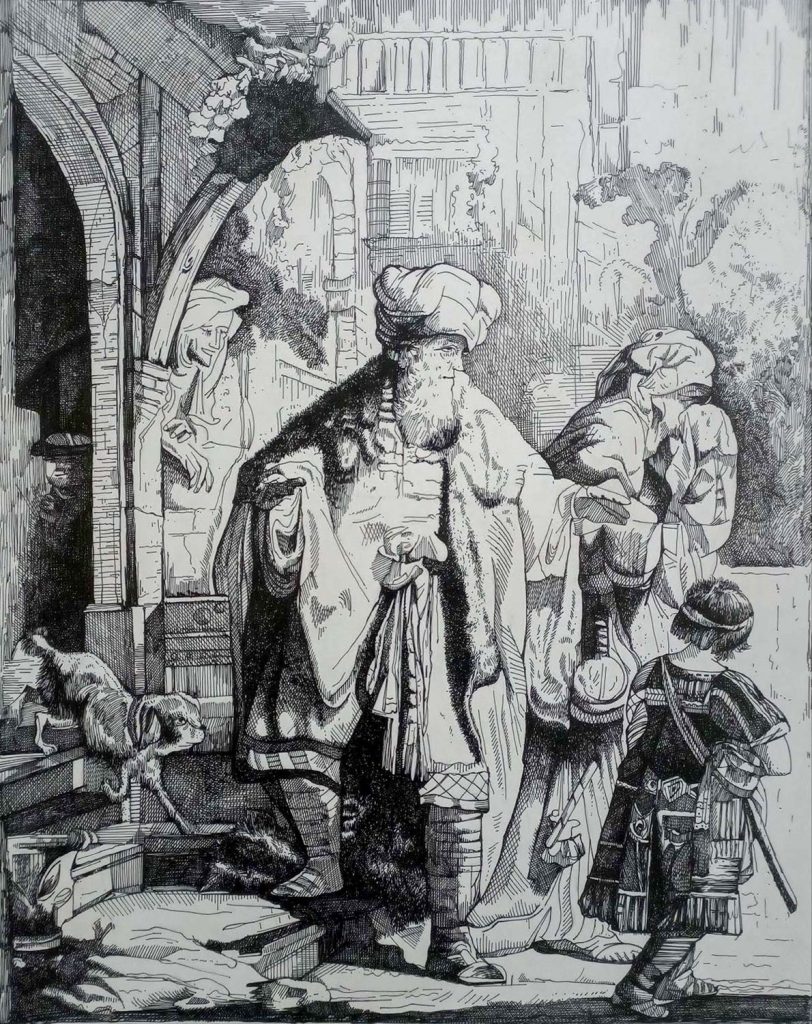
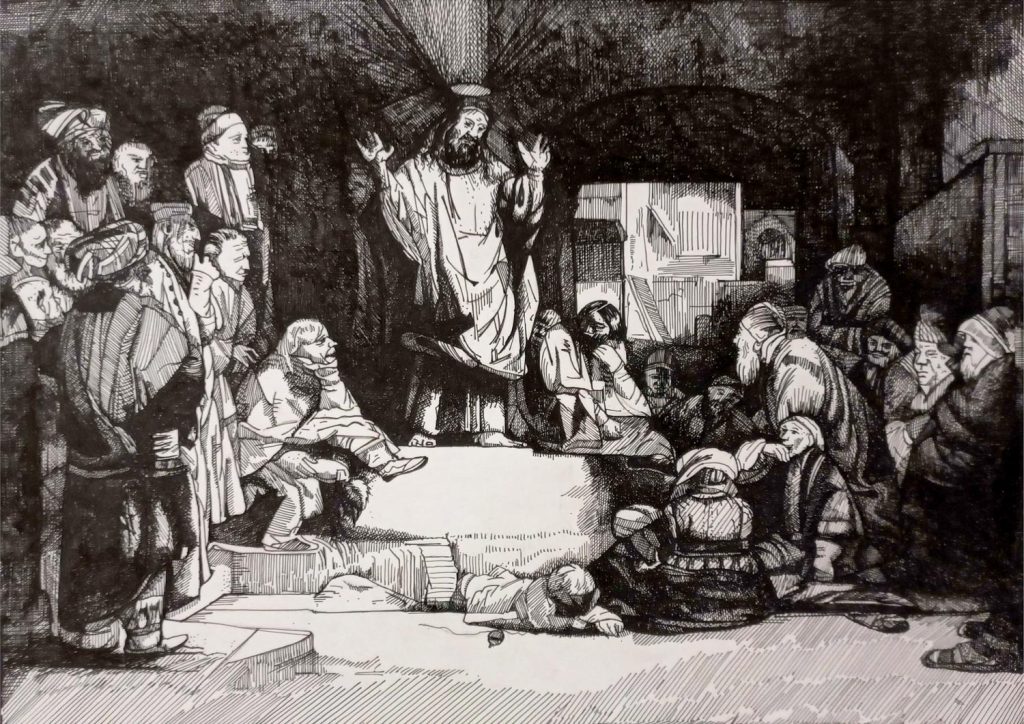
Upon returning to Bangladesh in 2013, Shimul began to realize his dream of becoming a professional artist. His work primarily revolves around printmaking, particularly focusing on etching aquatint and wood engraving. These mediums allow him to explore and experiment with different textures and techniques. He explains, “Woodcut offers a natural texture while etching with zinc plates allows for the creation of diverse surfaces.” This variety in printmaking provides him with a vast space for creative exploration.
However, his artistic journey has not been without its challenges. One of the significant obstacles he faces is the lack of quality art materials. “I struggle to find good-quality zinc plates for etching,” he notes. The use of materials for commercial purposes often results in lower-quality products for artistic use. High-quality paper is hard to find, so he frequently sources materials from abroad, increasing complexity and cost.
Despite these challenges, Shimul’s dedication to his craft remains steady. His art often reflects his observations of the world around him, addressing themes of peace and freedom.
One of his most notable series, titled “Love, Peace, Freedom,” draws profound inspiration from the ongoing conflict in Ukraine. This series has garnered significant attention and has been prominently featured in esteemed exhibitions such as the Beijing Biennale and the Taiwan Print Biennale. Through his art, he seeks to capture and convey the intense emotions and complex realities surrounding the war. His work reflects a deep yearning for peace and a better world. As an artist, he holds a sincere hope that his creations might contribute to a greater understanding and harmony. In his own words,
“If peace can emerge from my work that is my only wish as an artist.”
This sentiment states his commitment to using art as a vehicle for positive change and a reflection of his profound desire for global peacefulness.
His artistic process begins with conceptualization.
He starts by visualizing his ideas and creating a layout in his sketchbook. This preparatory work is crucial as it helps him translate his vision into the final piece. “In printmaking, I prioritize the layout because a well-prepared layout can lead to a better print result,” he explains. This meticulous approach ensures that his final works align closely with his initial vision.
The influence of other artists plays a crucial role in shaping Shimul’s work. One of his major inspirations is the renowned artist Rembrandt, who is famous for his masterful use of light and shadow, as well as his innovative brush strokes. Shimul reveals, “I was deeply inspired by his etchings and began working in etching.”
Rembrandt’s skillful use of lines, distinctive brush strokes, and rich textures have had a profound impact on Shimul’s artistic approach. These elements of Rembrandt’s style have helped shape and refine Shimul’s own techniques in printmaking. As he explored etching, he found that Rembrandt’s work provided both guidance and motivation, influencing the way he experiments with his materials and expresses his artistic vision. This connection highlights how deeply Shimul values the impact of past masters on his creative process.
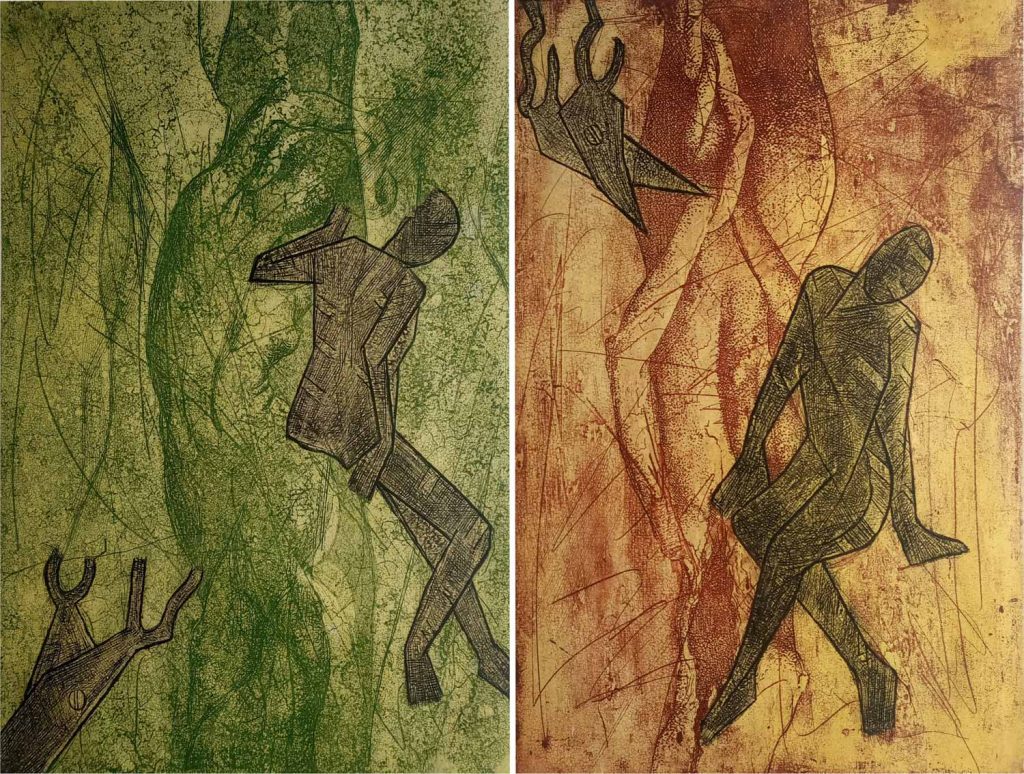
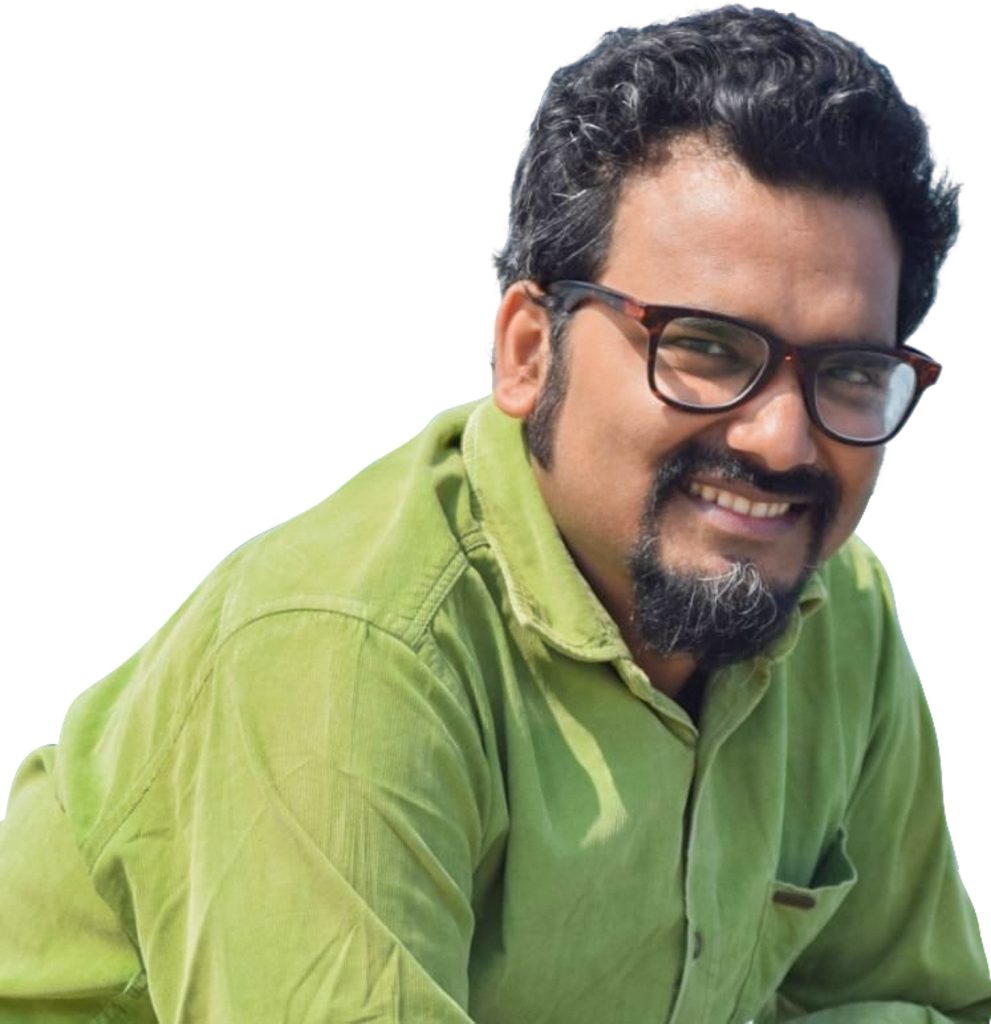
The artist’s journey from a small village in Bengal to global recognition shows how art can cross boundaries. His work, shaped by personal experiences and global events, connects with audiences everywhere. By combining local influences with universal themes, Shimul has made a major impact on the global art scene. His commitment and determination, despite many challenges, demonstrate how personal vision can lead to important contributions to discussions on peace and freedom.




